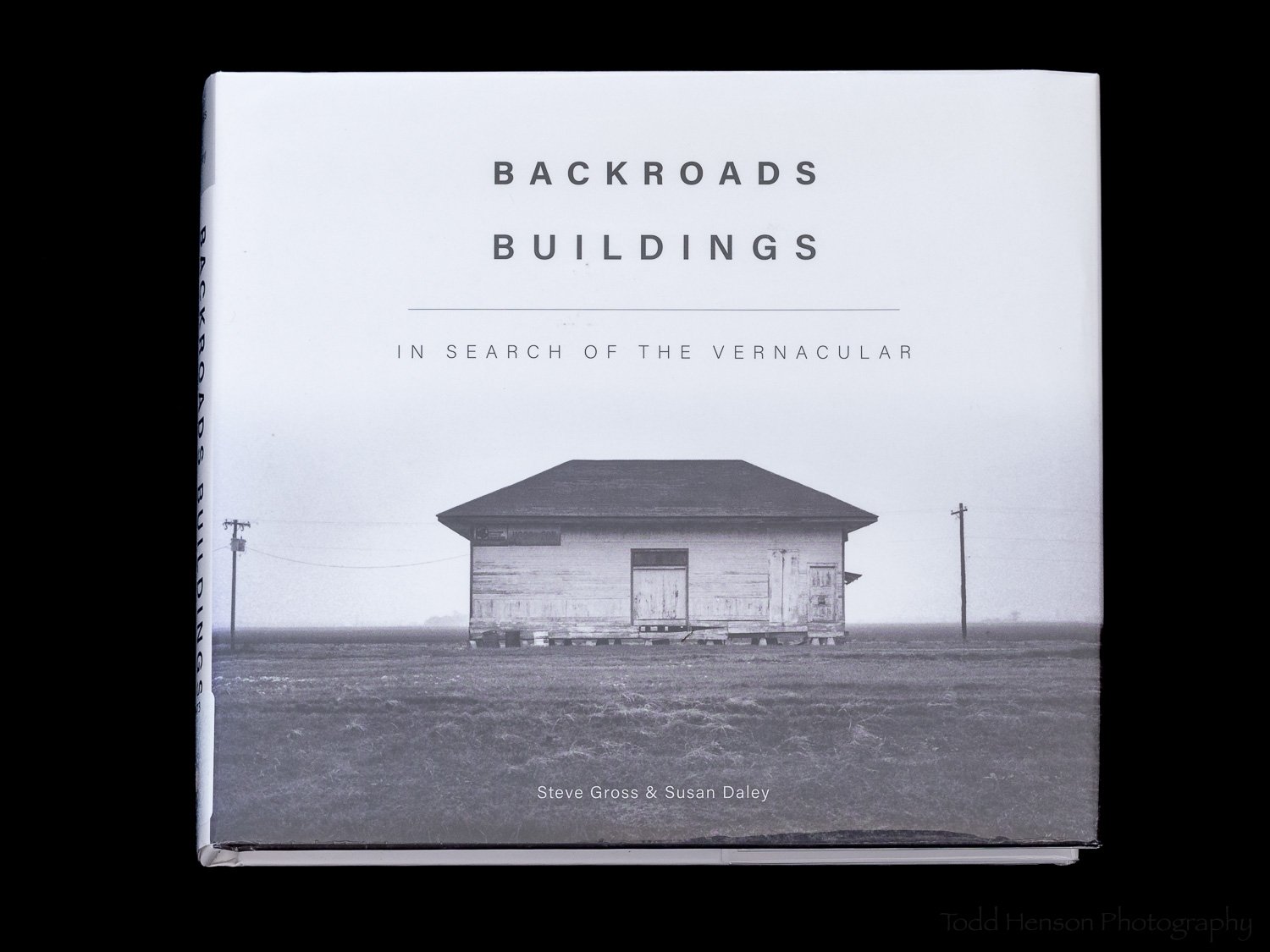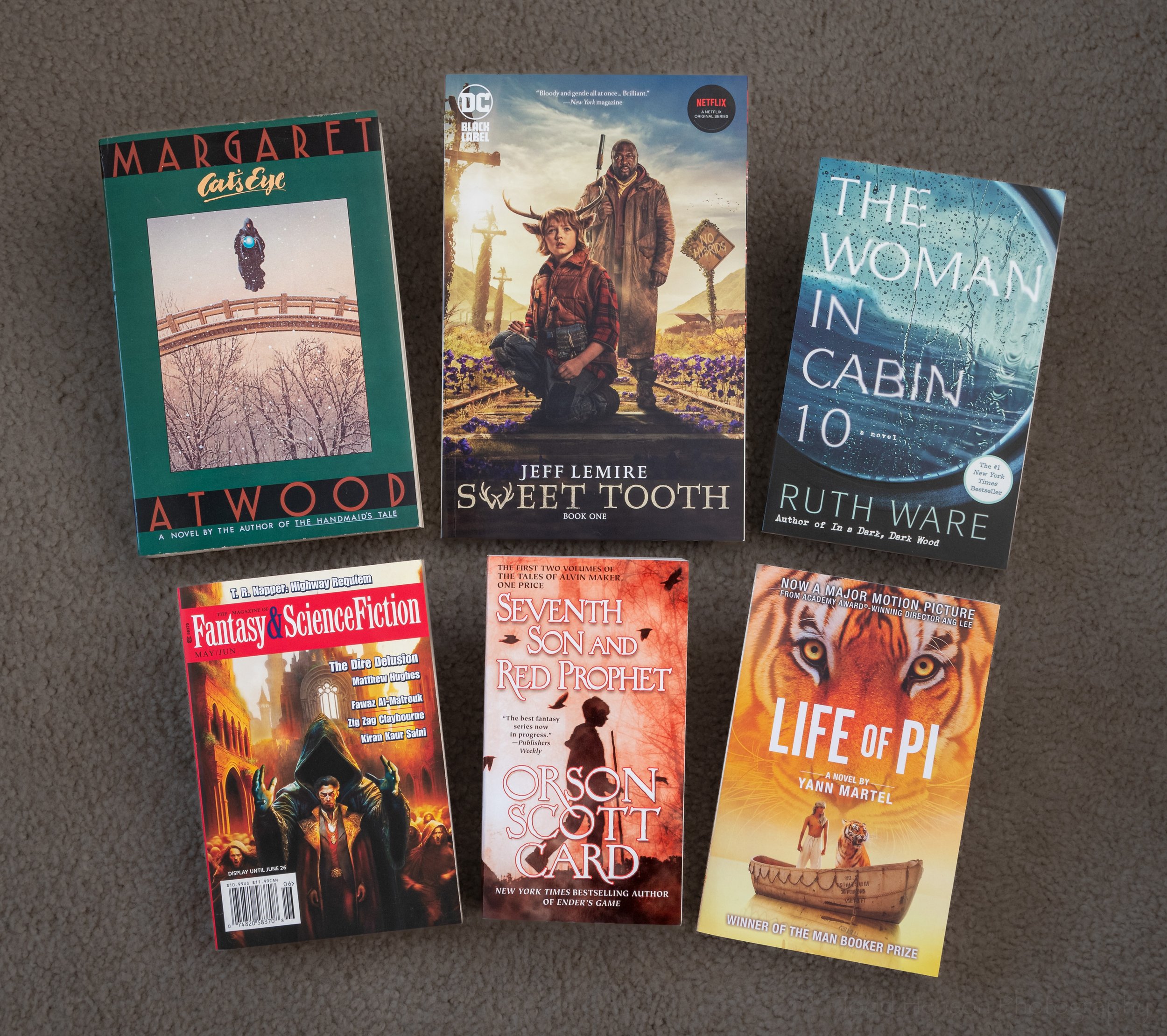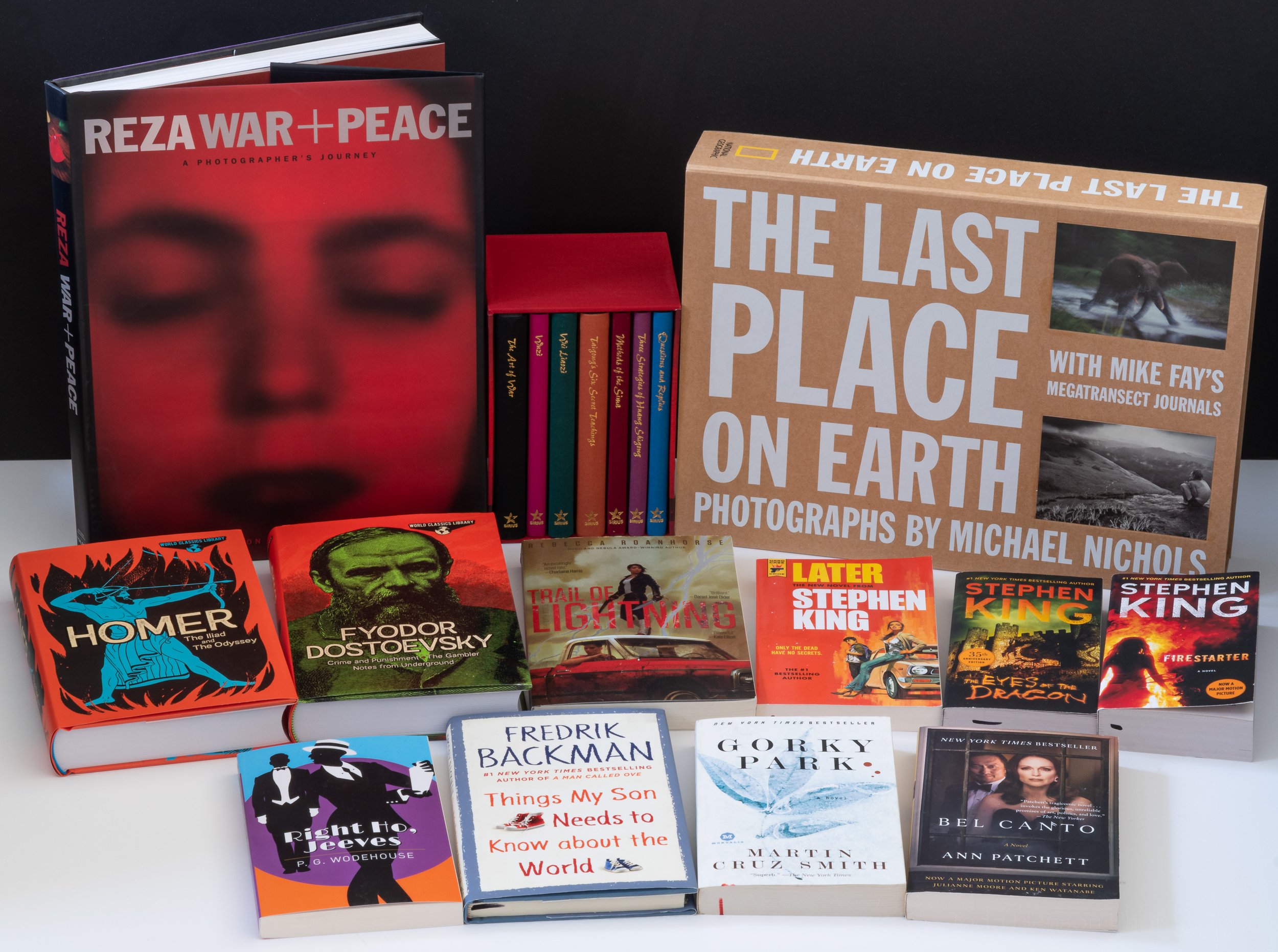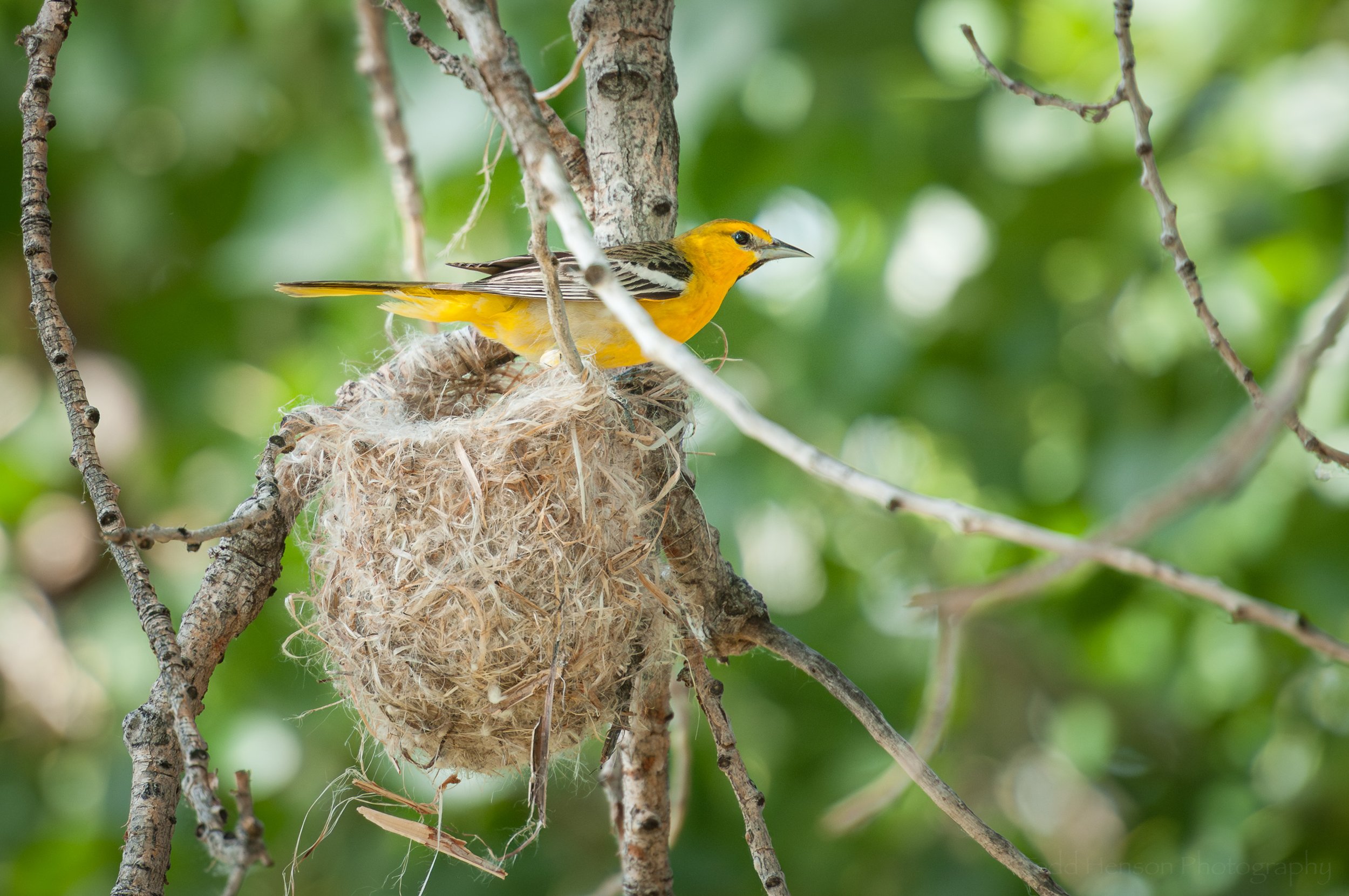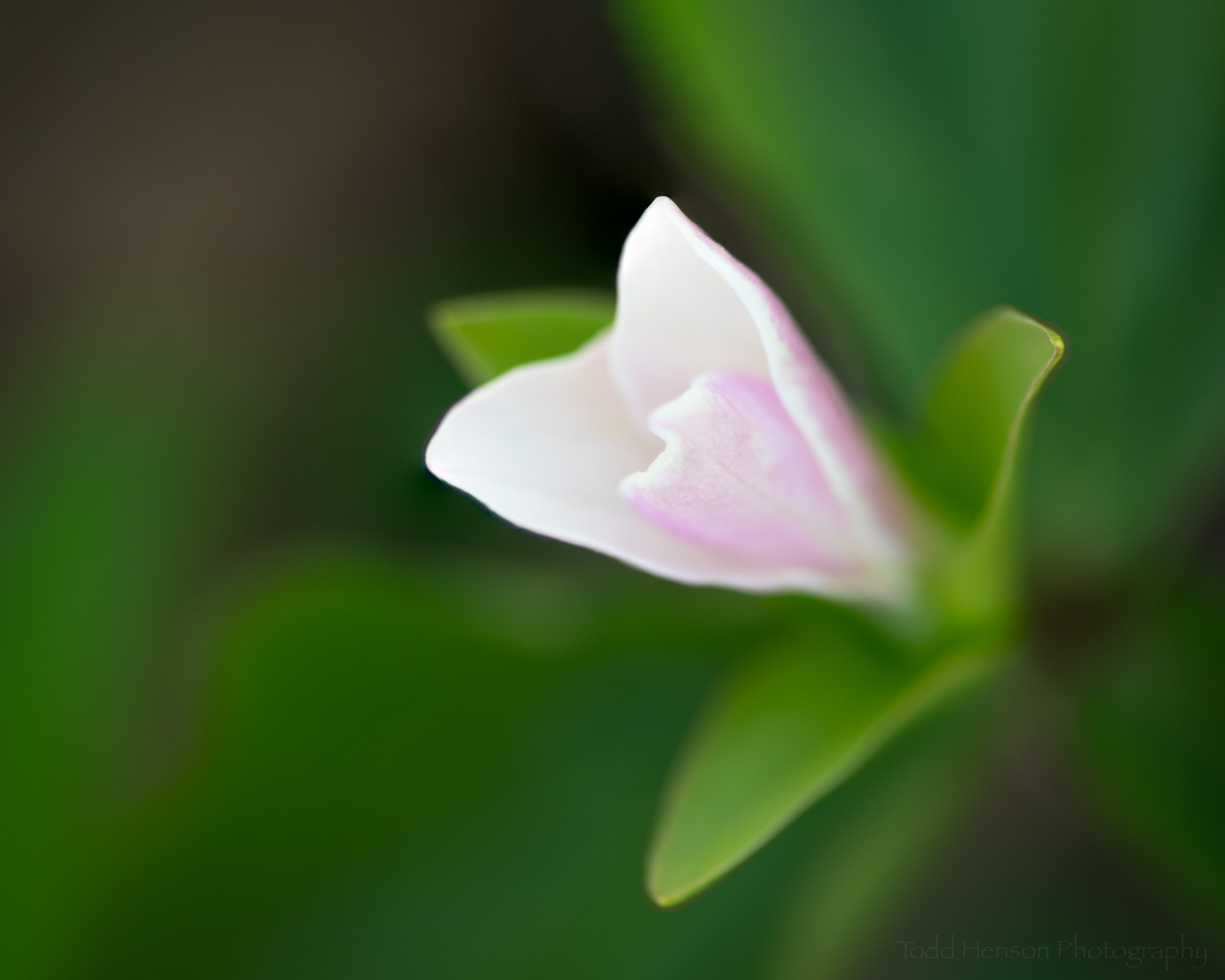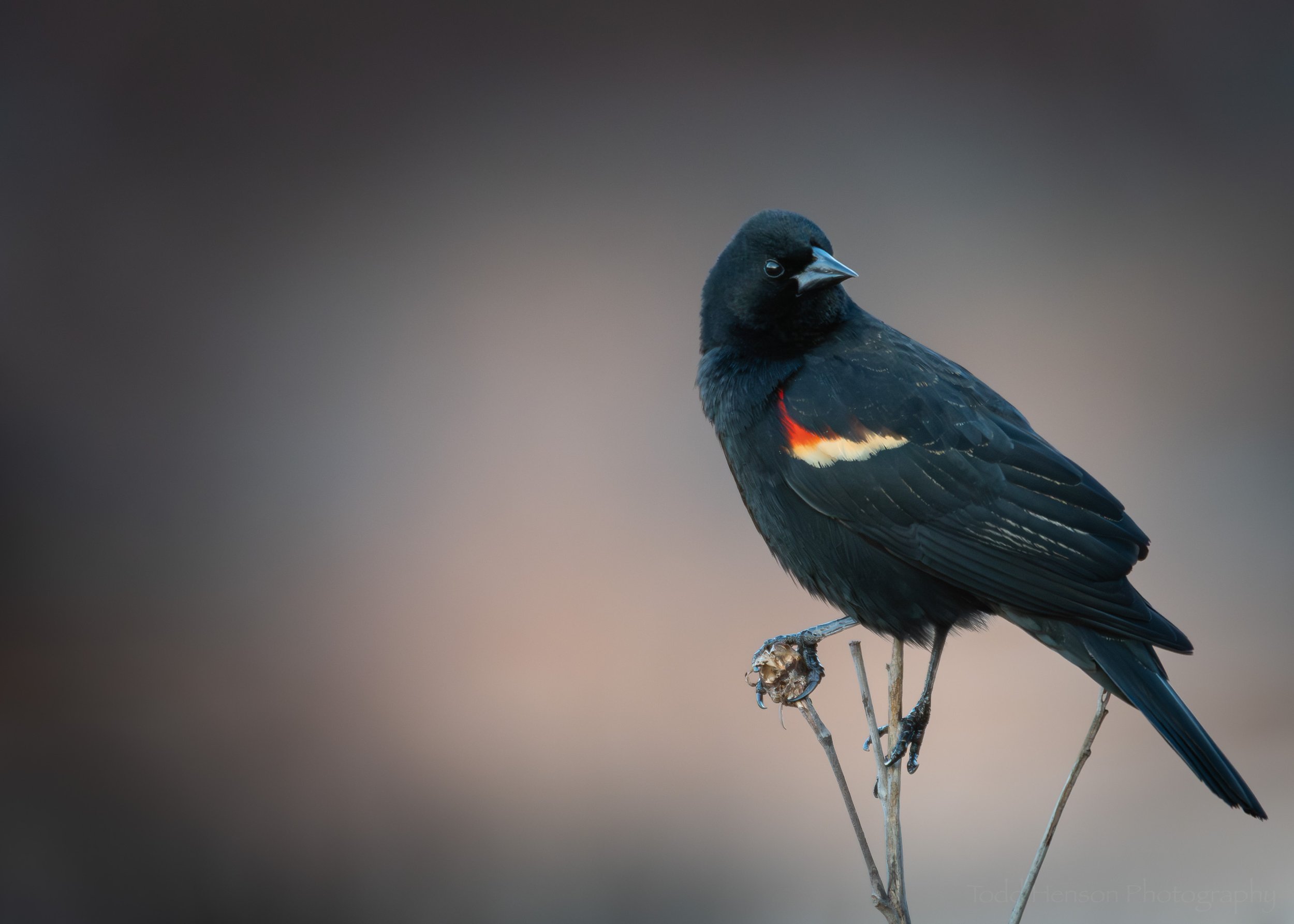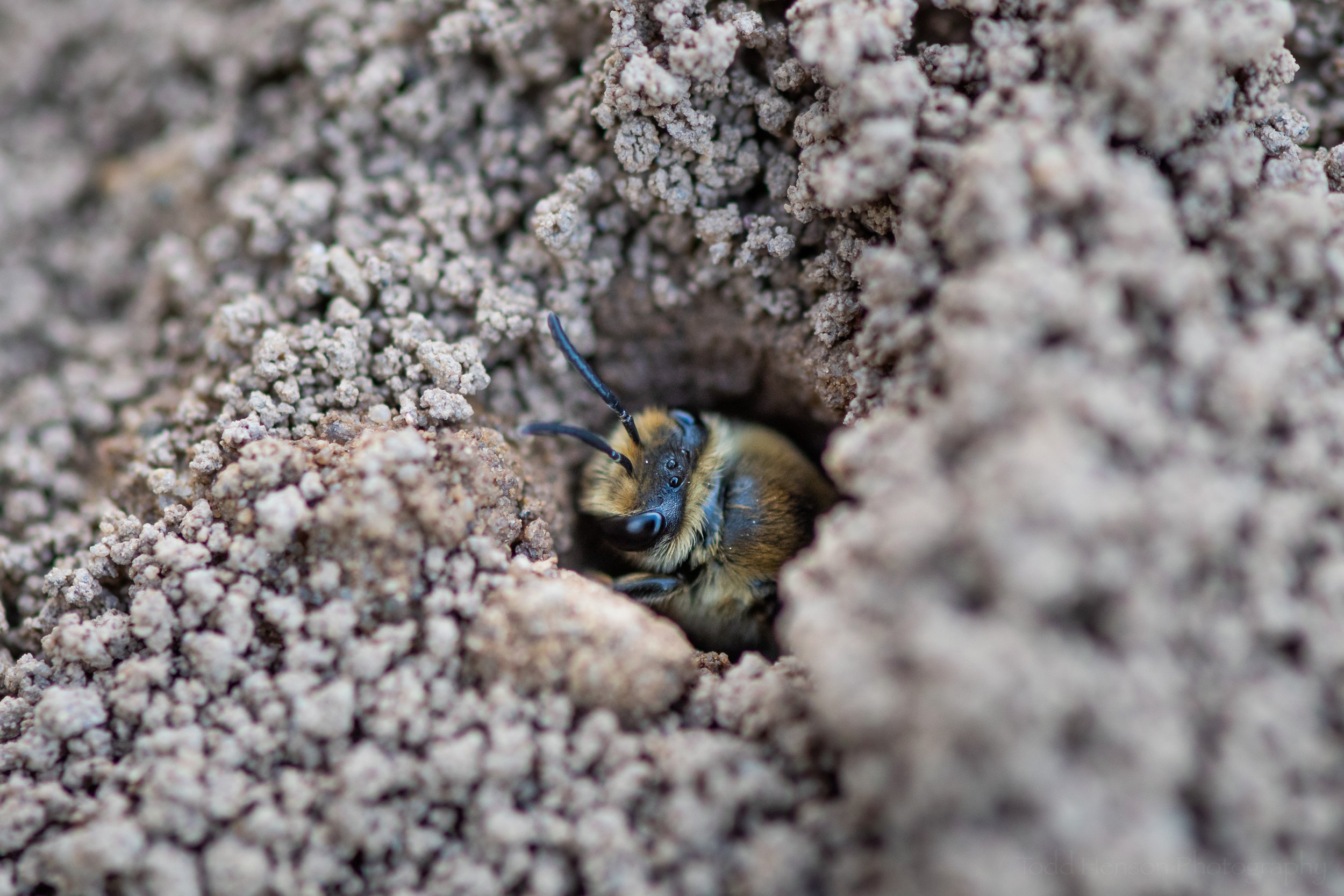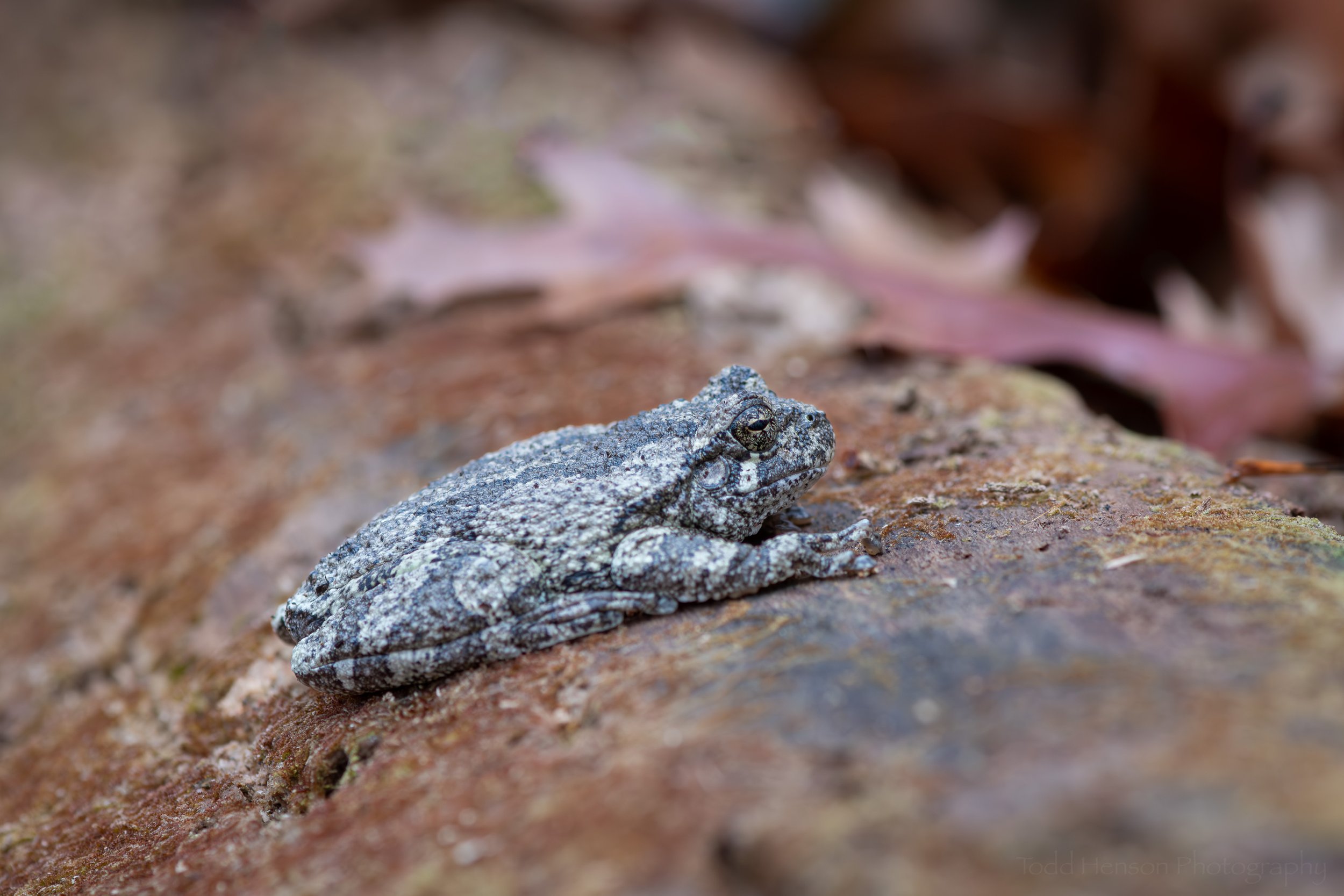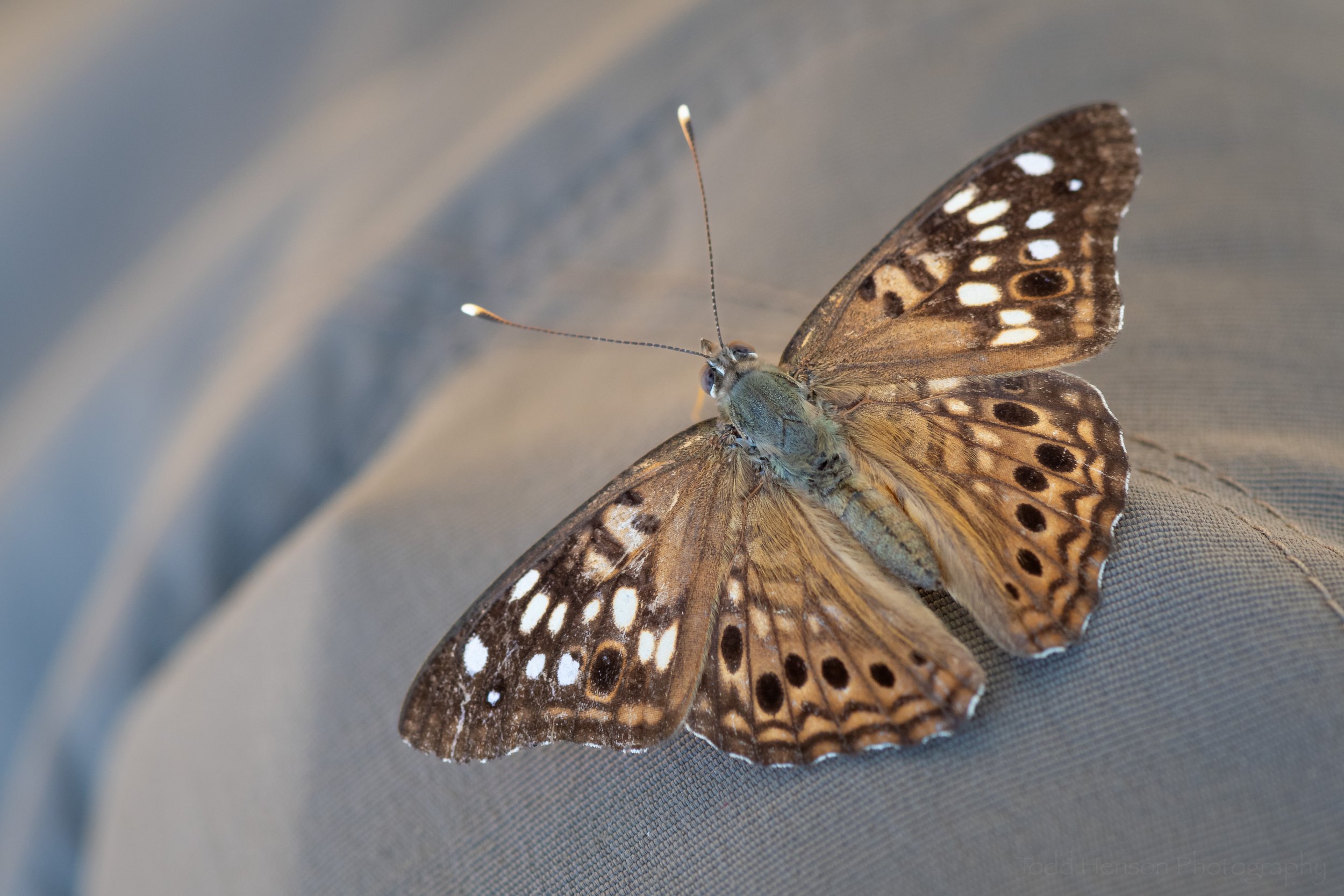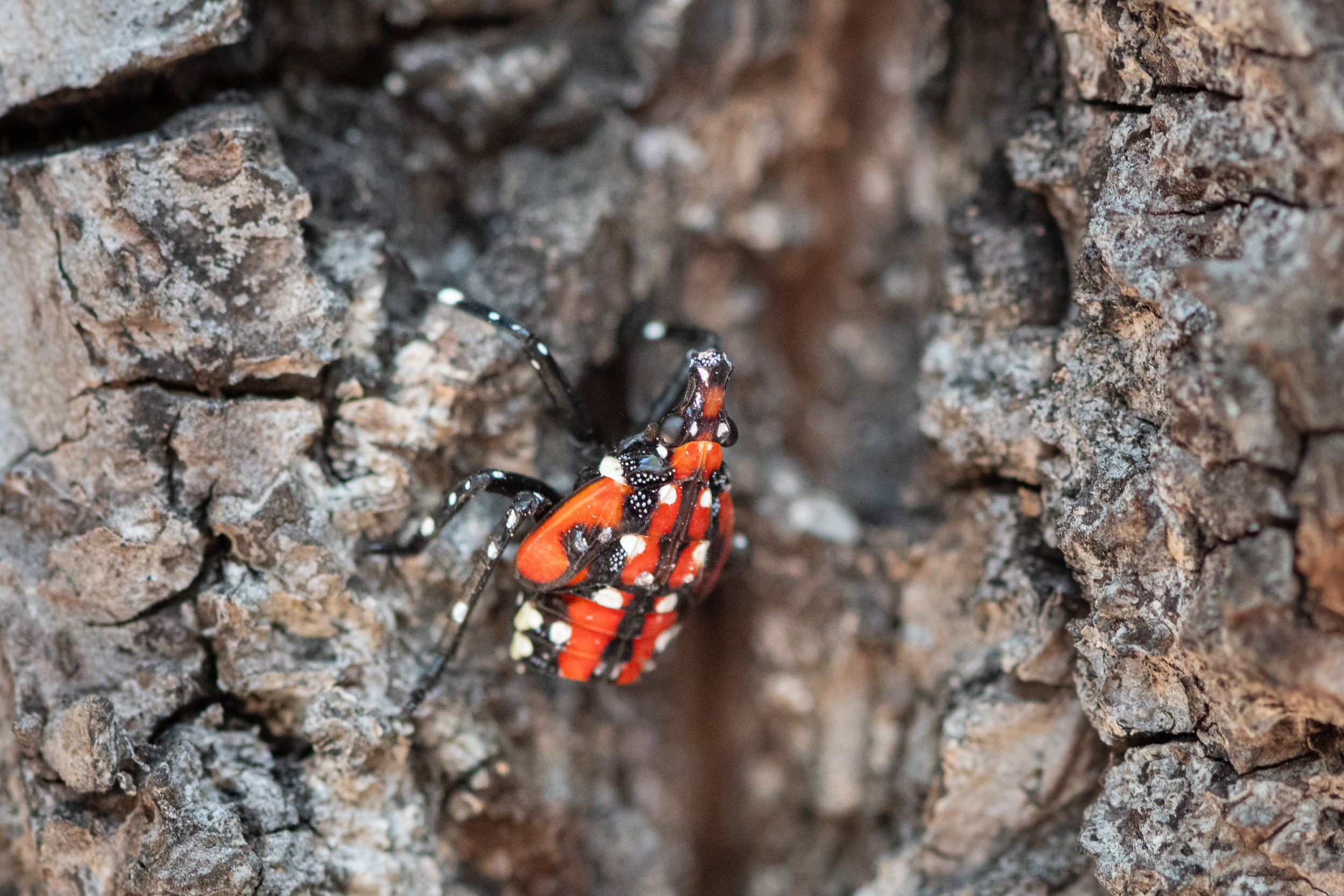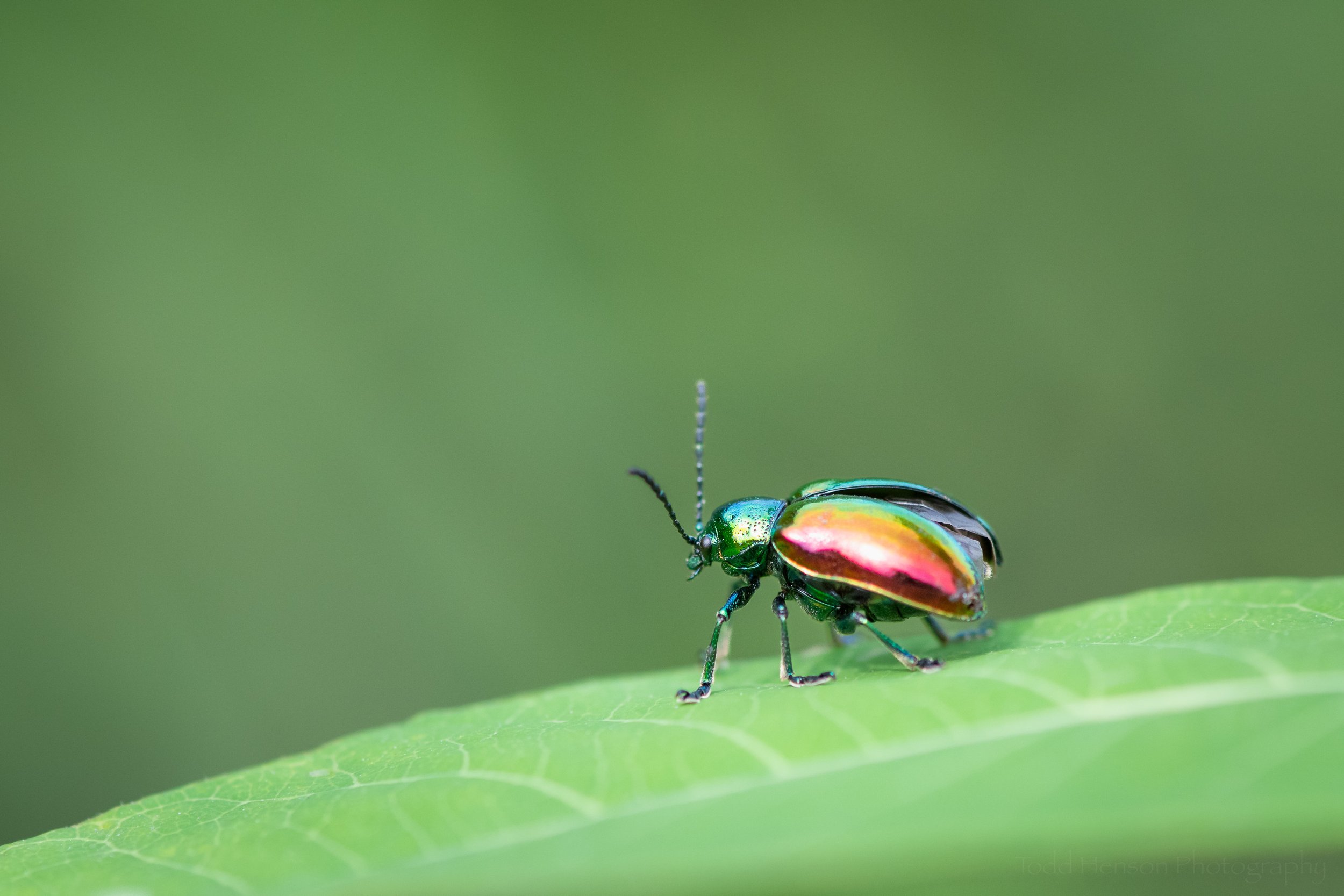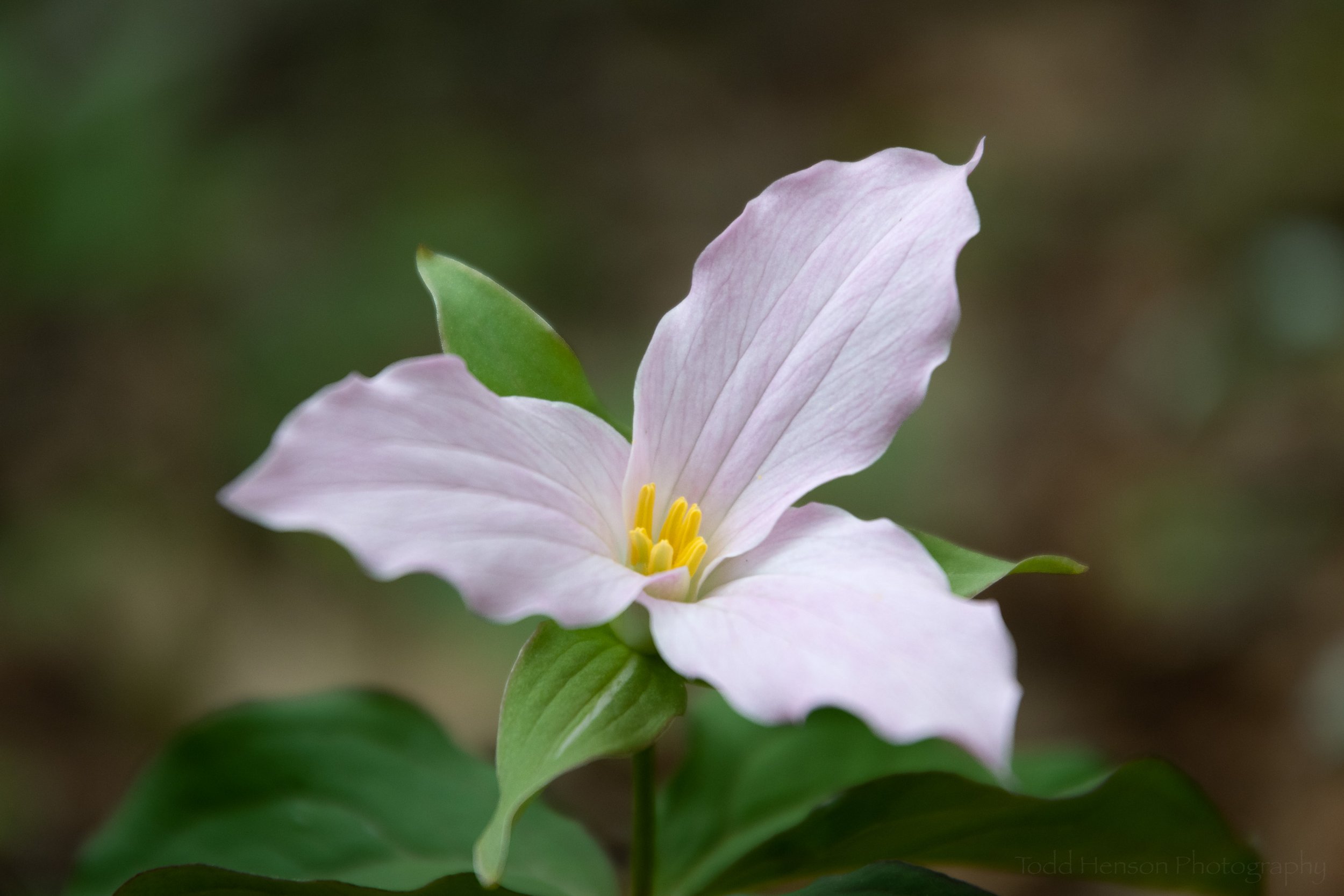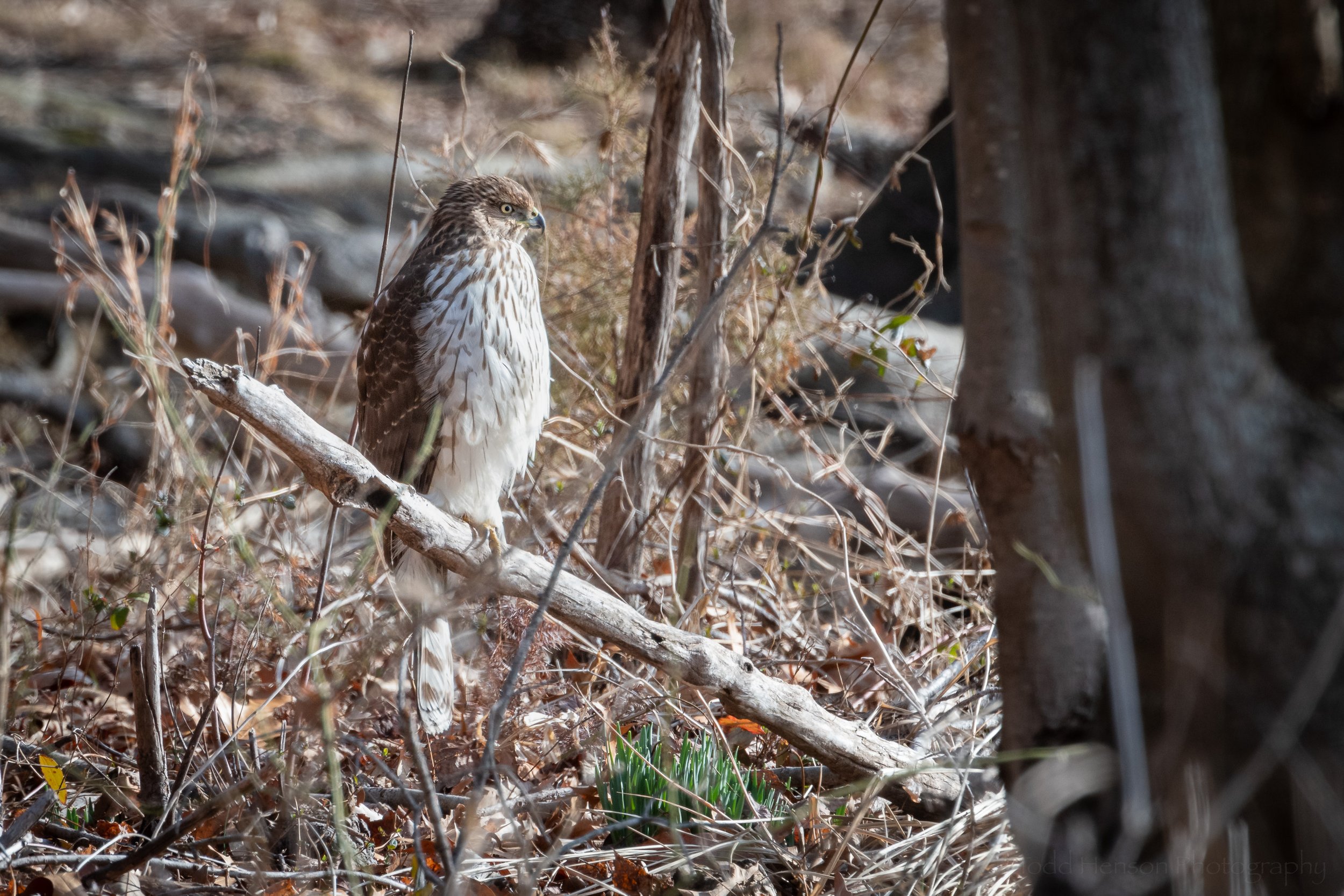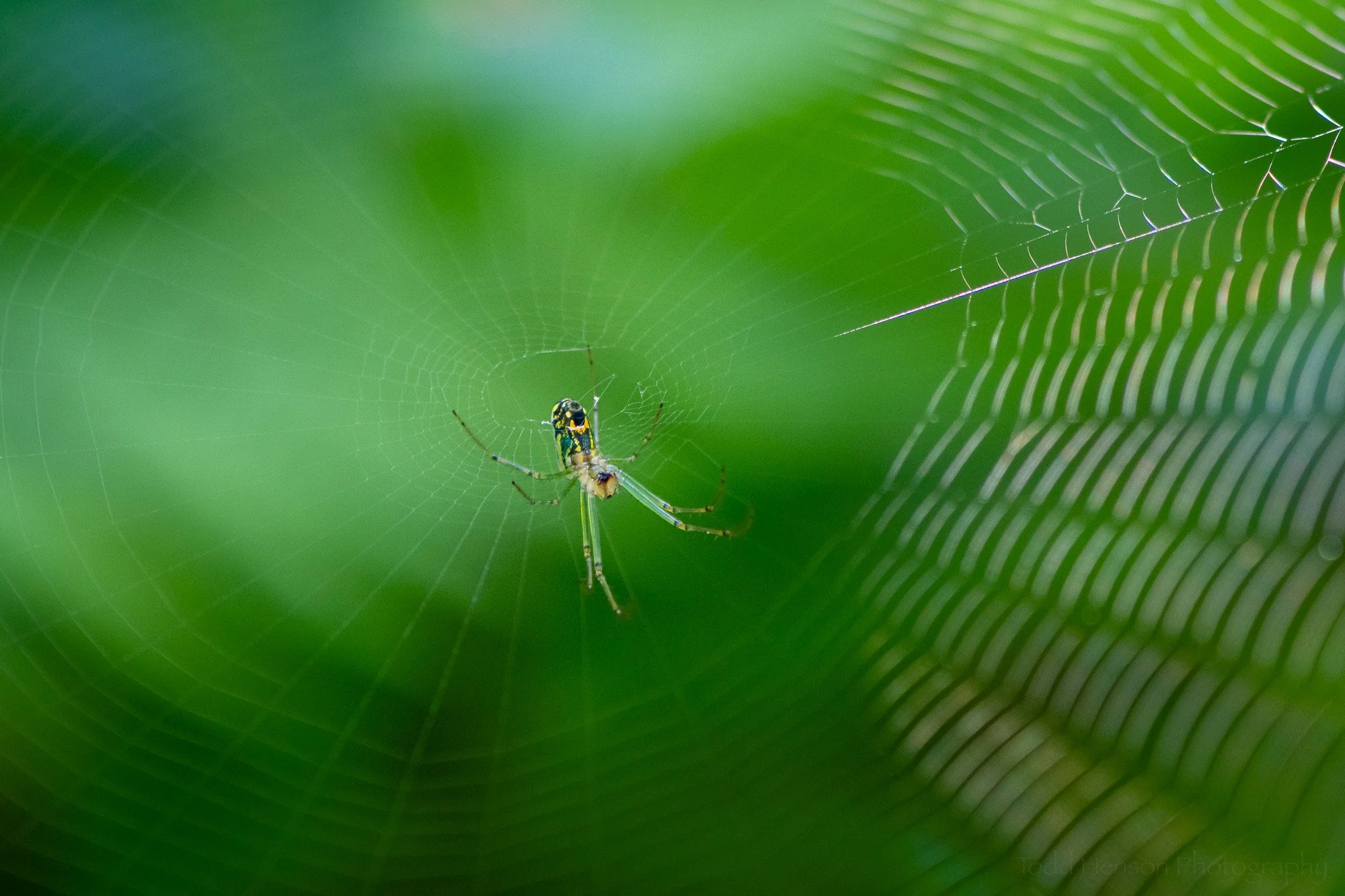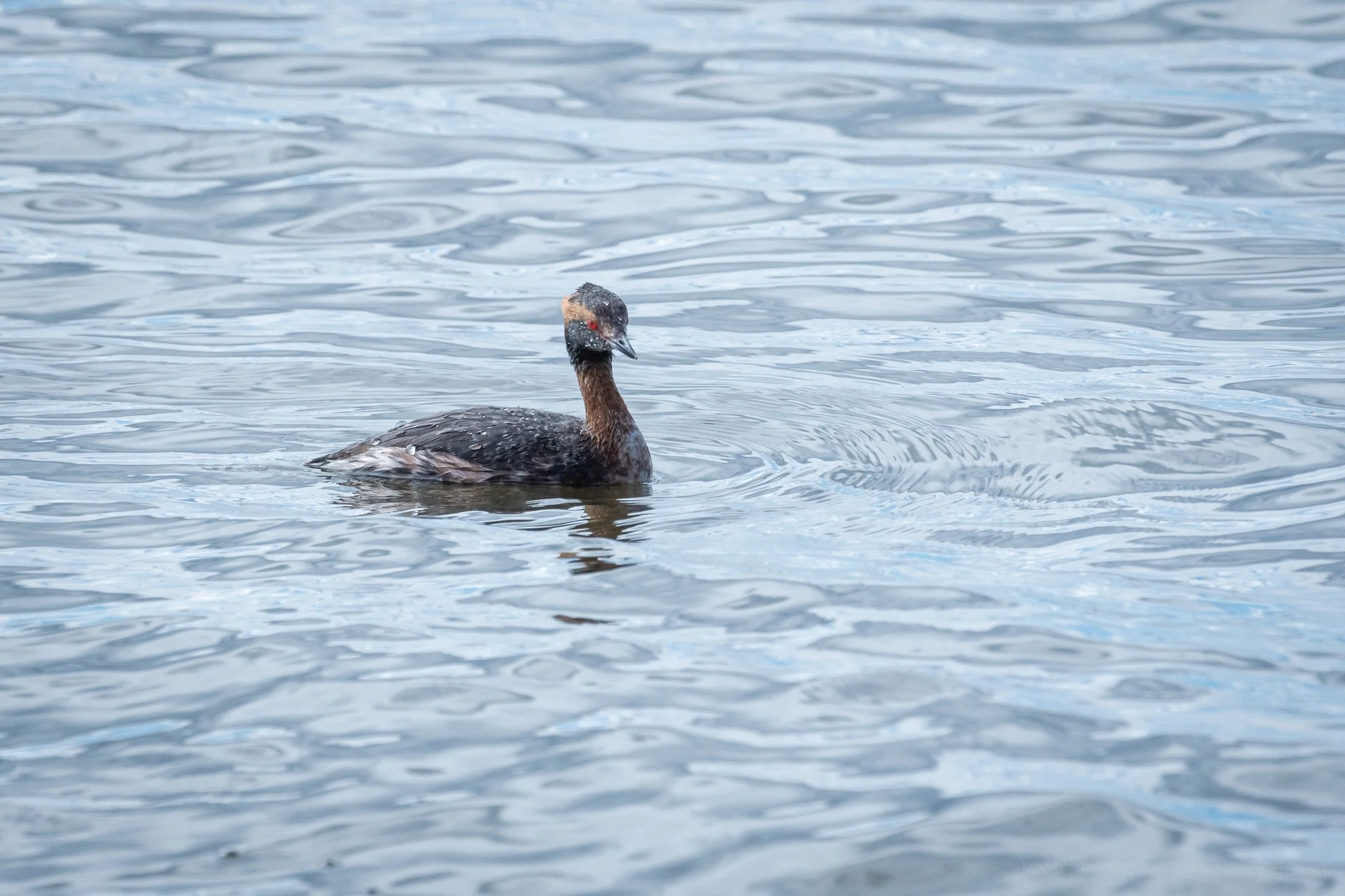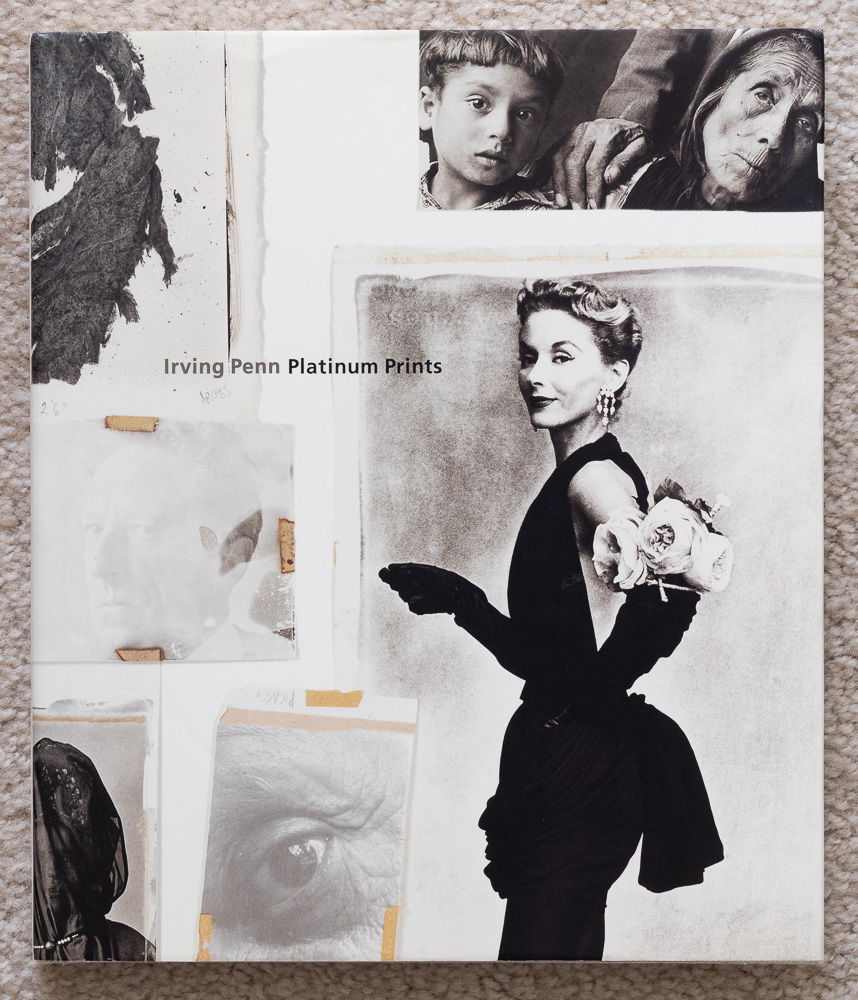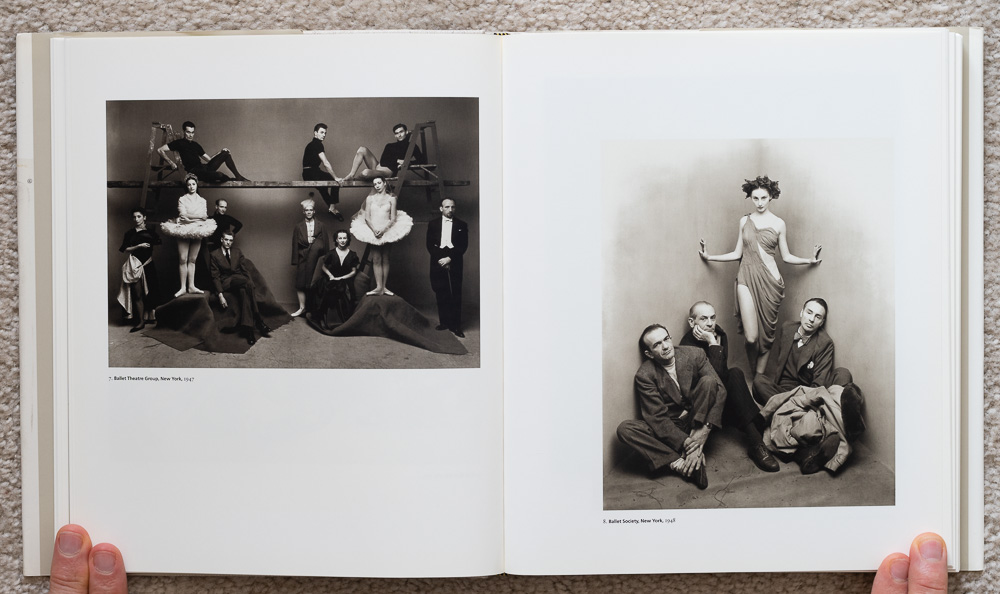This post contains affiliate links and I will be compensated if you make a purchase after clicking on my links. This is at no extra cost to you.
Andrea Baldeck travels the world learning about and photographing other cultures. For Touching the Mekong she “spent two long sojourns in lands touched by the Mekong,” a river formed by snowmelt in Tibet, flowing through Southeast Asia touching countries such as Myanmar, Thailand, Laos, Cambodia, and Vietnam.
Pages 14 - 15 of Touching the Mekong
“Terrains of seductive beauty and variety provoked awe and delight: the jungled mountains of the upper Mekong, the meanders of the Irrawaddy, the placid expanse of the Tonle Sap, the shoreline of the Bay of Bengal.”
Pages 32 - 33 of Touching the Mekong
Pages 52 - 53 of Touching the Mekong
The book opens with a short two-page introduction where Baldeck provides context and texture to the photographs that occupy the rest of its 156 pages. You can feel her passion for the region and its people and you can see in the photographs her early inspiration from publications such as Life and National Geographic.
Pages 74 - 75 of Touching the Mekong
“In this highly varied landscape live equally diverse peoples, a cultural patchwork vividly evident at open-air markets and religious festivals, yet also subject to shifting political and economic pressures in a region changing more quickly than can be captured by the camera.”
Pages 82 - 83 of Touching the Mekong
Pages 150 - 151 of Touching the Mekong
Baldeck says her photographs in Touching the Mekong are not a compendium or travelogue, but instead “are vey much a personal account of textured, nuanced, enigmatic moments in a fascinating world.” She has created images that show aspects of the landscape throughout the region and that capture the people in their homes, where they work, and in their places of worship. She has created posed portraits and also candid shots of people going about their life. We see bits and pieces from their lives including details in architecture and in the crafts and products they create.
Touching the Mekong is a book for people interested in other cultures. It provides a way for those of us who may never visit these regions to appreciate, at least in some small way, the people and culture of these locales.










